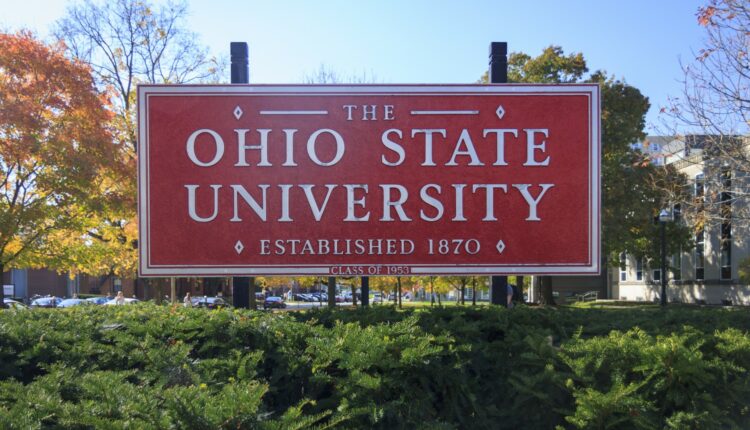Ohio State University: Trustees receive update on Ohio State campus reactivation
When students arrive at The Ohio State University Columbus campus in the fall, they can expect a more robust campus atmosphere and a move-in experience that’s closer to normal.
Executive Vice President and Provost Bruce A. McPheron and Senior Vice President for Student Life Melissa Shivers presented the latest details on the university’s campus reactivation plan to members of the Board of Trustees this week.
McPheron was quick to point out that plans continue to evolve.
“All decisions for the autumn will continue to be made on the basis of evidence-based, public health guidance and the state of the pandemic,” he said. “As you know, the guidance has evolved quickly over the past few weeks, even the past few days and actually the past few hours. We’re making adjustments that fit the specific circumstances of our community.”
Some of the changes include residence halls close to normal capacity. Shivers said in 2019, capacity at residence halls stood at about 16,300 students. That number dropped to about 12,600, or 77% of capacity, in the current academic year. When classes resume in the fall, occupancy is expected to be 94%.
Other policy changes are expected to address visitation in residence halls, increased programming and engagement, and expanded common space availability. In fall of 2020, move-in was expanded to about two weeks to accommodate physical distancing. This fall it is expected to be a one-week event.
Shivers said students should notice changes in the dining facilities as well: more communal eating spaces and a return of self-service options.
“At the end of the spring semester, we started testing out how we can safely provide self-service options in the Ohio Union and Traditions at Scott. We brought back the self-serve salad bar, soup and hot food options,” Shivers said. “You would have been amazed by the number of emails I received requesting the ability to count the number of cucumbers and carrots that students wanted in their salad. They did not want it prepackaged. They want to be able to make those choices on their own.”
The return-to-campus plans also include increased in-person events for student clubs and organizations. Health and athletic opportunities will feature increased availability of weight and cardio equipment, group fitness classes and club and intramural sports.
“Students are really excited about more spaces and being able to work out. As you all know, there’s an impact on both physical health as well as mental health,” Shivers said.
The key to more freedom and flexibility remains a well-vaccinated community, the university leaders said.
“Vaccination is at the core of our plans. We’re strongly encouraging everyone who can be vaccinated to do so for their own health and that of the community around them, and because a high vaccination rate will actually allow us to reduce requirements for elements such as testing and masking,” McPheron said.

